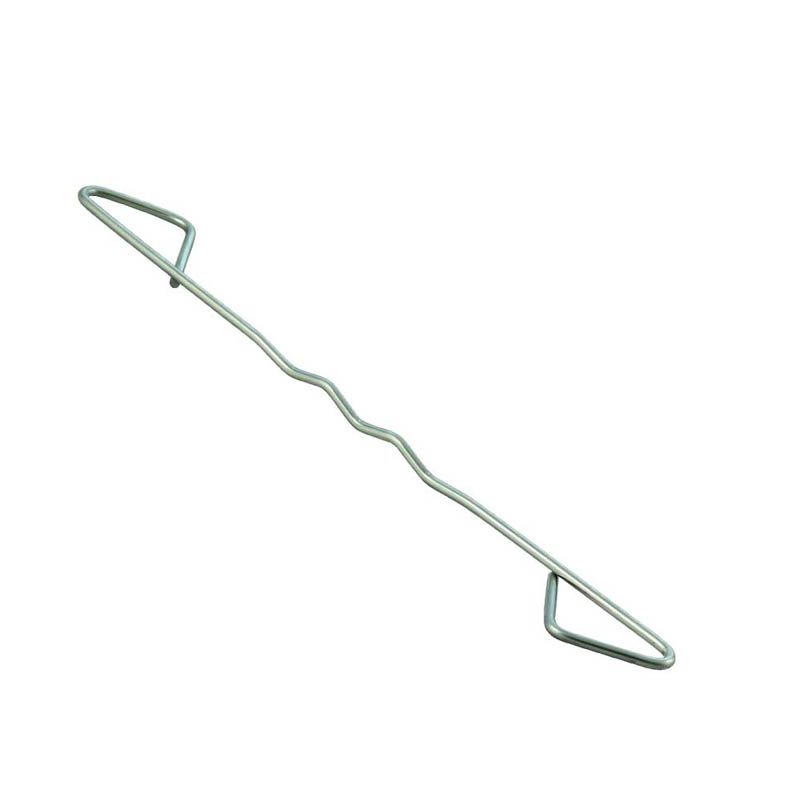
- Mobile Phone
- +8613931874955
- sales@cntcmetal.com
plastering metal corner bead
Plastering with Metal Corner Beads A Comprehensive Guide
When it comes to achieving a professional finish in drywall installations, one crucial element often overlooked is the use of metal corner beads. These components are designed to create sharp, clean corners in plastered walls, enhancing the aesthetic appeal and durability of the finished surface. In this article, we will delve into the importance of metal corner beads, their installation process, and tips for achieving the best results.
The Importance of Metal Corner Beads
Metal corner beads serve several essential functions in plastering. Primarily, they provide structural support to vulnerable corners of drywall, which are prone to chipping and damage. By reinforcing these areas, metal corner beads help maintain the integrity of the drywall, ensuring that it looks pristine for years to come.
Moreover, corner beads create a straight edge at the corners, allowing for a much cleaner and neater appearance in the final plaster finish. This is especially important in commercial spaces or high-visibility areas in residential settings, where aesthetic quality significantly impacts the overall impression of a room.
There are different types of corner beads available in the market, including paper-faced, vinyl, and metal. While paper-faced beads are easier to install and are resistant to rust, metal corner beads are preferred for their strength and durability, particularly in high-traffic areas.
Installation Process
Installing metal corner beads is a straightforward process, but it requires attention to detail to ensure accurate results. Here is a step-by-step guide to help you navigate through the installation
1. Preparation Before starting, make sure the drywall is hung correctly, with all seams and edges aligned. Clean any debris from the corners to ensure good adhesion.
2. Measuring Measure the length of the corner where the bead will be installed. Always cut the corner bead slightly longer than the corner to allow for adjustments.
plastering metal corner bead

3. Cutting Use tin snips to cut the metal corner bead to size. Remember that the bead should extend slightly beyond the drywall to cover the edge fully.
4. Positioning Align the corner bead with the corner of the drywall. Ensure that it is flush with both sides of the wall.
5. Securing Using drywall screws or nails, secure the corner bead to the studs. Make sure the fasteners are spaced evenly, typically 12 to 16 inches apart, and ensure that the metal is firmly attached to the wall.
6. Applying Joint Compound After securing the corner bead, apply a layer of joint compound over the bead using a drywall knife. Feather the edges of the compound onto the drywall to ensure a smooth transition.
7. Sanding Once the first layer of joint compound is dry, sand the area smooth. Be careful not to sand away the corner bead itself; focus on creating a seamless blend with the surrounding drywall.
8. Finishing Touches Apply additional coats of joint compound as needed, sanding between each layer for a smooth finish. Once you are satisfied with the result, proceed to prime and paint the corner for the final look.
Tips for Success
- Use Quality Materials Invest in high-quality metal corner beads and joint compounds to ensure the best finish and durability. - Ensure Straightness When installing, regularly check that the corner bead is straight using a level. This will prevent any misalignment that could affect the aesthetics of your wall.
- Seek Professional Help if Necessary If you are new to plastering, consider consulting with or hiring a professional to get the best results, especially for complex installations.
In conclusion, using metal corner beads significantly enhances the durability and appearance of plastered walls. With careful installation and attention to detail, you can achieve flawless corners that will elevate the overall quality of your drywall project. Whether you are a DIY enthusiast or a seasoned contractor, mastering the use of metal corner beads is essential for delivering professional-grade finishes.
share:
-
Why Sacrificial Formwork Is Redefining Underground ConstructionNewsJun.06,2025
-
The Structural Dynamics of Modern Concrete: How Snake Spacers Revolutionize Flexible ReinforcementNewsJun.06,2025
-
Snake Spacers Smart-Lock Concrete Reinforcement with Surgical PrecisionNewsJun.06,2025
-
Snake Spacers: Reinforcement Precision for Modern Concrete ProjectsNewsJun.06,2025
-
Snake Spacers Powering Concrete's Structural DNANewsJun.06,2025
-
Slither into Success: Snake Spacers' Precision Bite for Unbreakable ReinforcementNewsJun.06,2025
-
Sacrificial Formwork: Building Stronger, Faster, and Safer StructuresNewsJun.06,2025



















